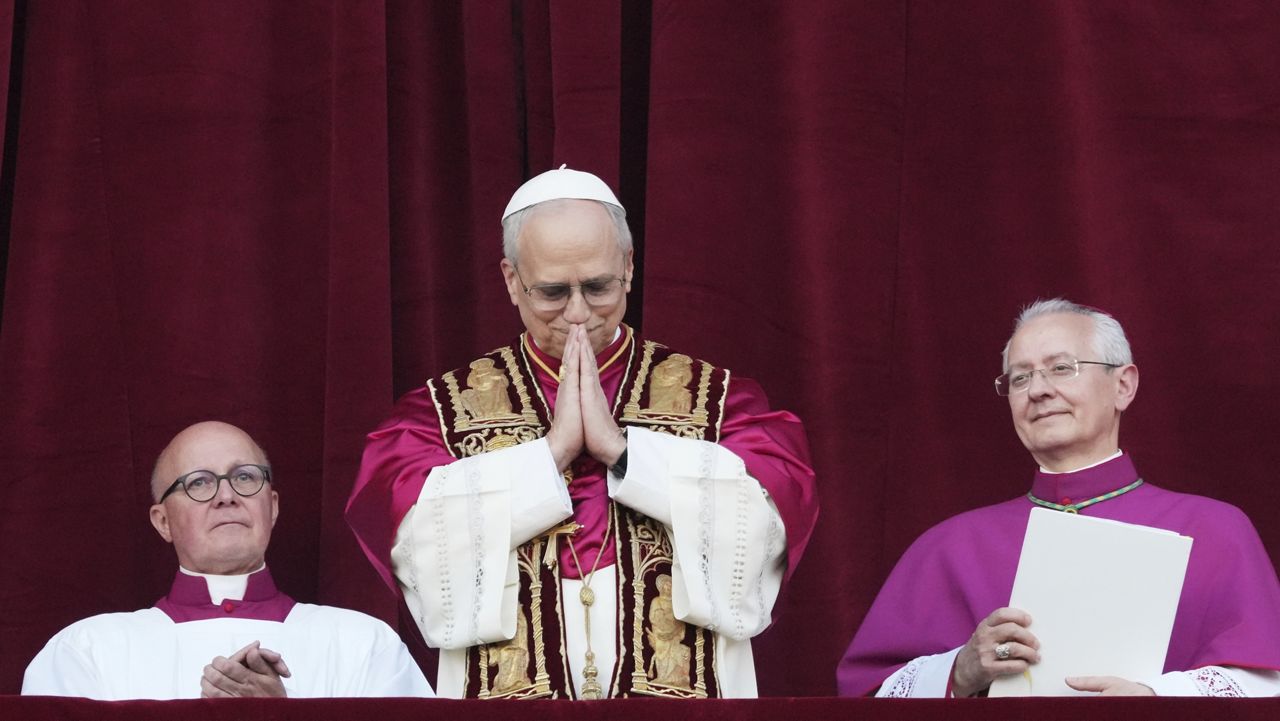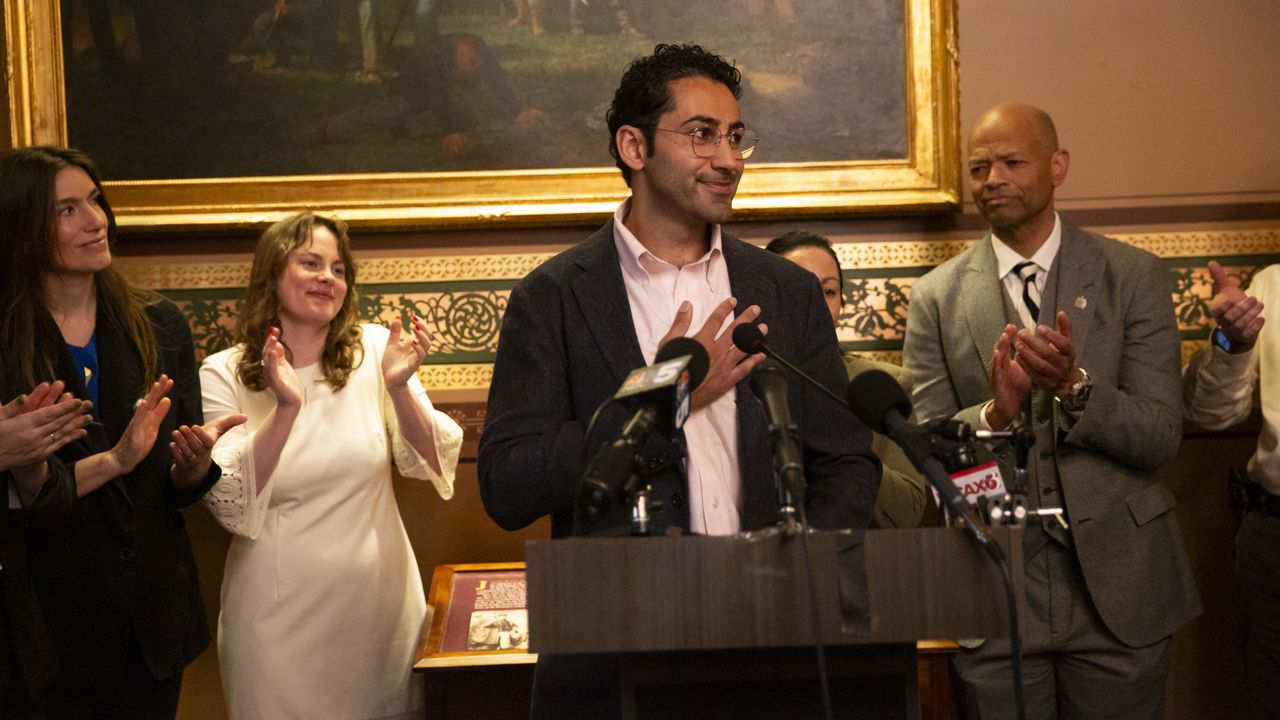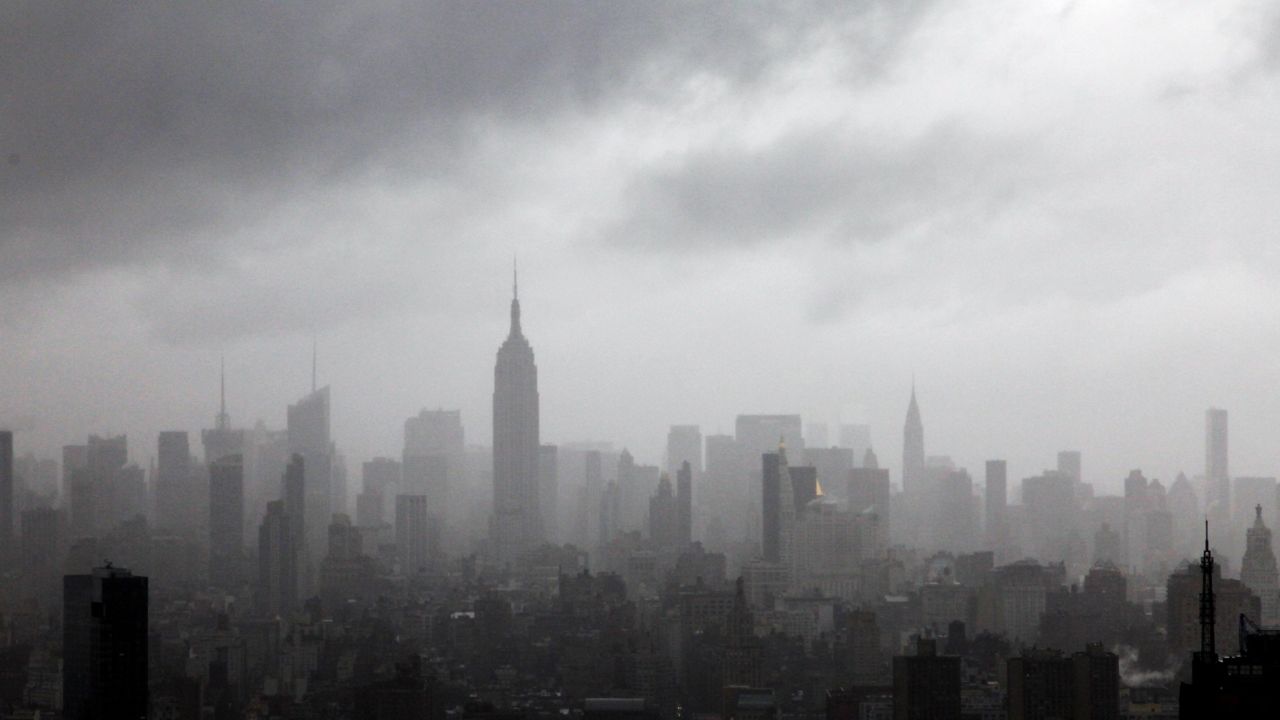New York City has long had an undeserved reputation for being “godless Gotham.”
Seventy years ago, the evangelical pastor Billy Graham called for a spiritual revival in “Sodom on the Subway,” a reference to the biblical city destroyed for having no God-fearing citizens. More recently, the rise (and fall) of organized atheism and the city’s famous cultural live-and-let-live attitude have seemed to bolster its status as a capital of secularism.
The truth, as most New Yorkers know, is that the city runs on faith as much or more than most other metropolises.
“You can't go more than a block without finding a house of worship in New York City, an actively used house of worship,” said Hussein Rashid, a scholar of religion with The New School and Union Theological Seminary.
While accurate and up-to-date data on the state of religious identity in the five boroughs is hard to find, Rashid and other scholars say the city is as spiritually diverse as it’s ever been, even as religious affiliation is declining here in step with the rest of the country.
Data from the nonprofit Public Religion Research Institute, one of the few groups that conducts nationwide tallies of religious affiliation, show that while New York City’s religious makeup has changed somewhat in recent years, it remains a devout place overall: About three-fourths of residents identify with at least one religious group, while a quarter consider themselves unaffiliated.
National data from PRRI show that the rest of the country mirrors that breakdown.
“People sort of associate New York with complete secularism, and I don’t think that's really true,” said Karina Hogan, an associate professor of theology at Fordham University. “But I don’t think we’re immune from this general trend of, especially among younger people, pulling away from organized religion.”
A snapshot of borough-by-borough data on religious groups from PRRI from 2020, the last year for which county-level data is available, shows the city’s shifting spiritual makeup.
Each borough carries some of the country’s highest scores in overall religious diversity, according to PRRI, which measures diversity between 0, representing a county with only one religion, and 1, meaning a county where every religion is equally represented. Staten Island has the lowest diversity of the boroughs, at 0.803, while Brooklyn and Queens have nearly equal levels of diversity, at 0.897 and 0.896, respectively.
In fact, according to PRRI, Brooklyn and Queens are the most religiously diverse counties in the entire country, and New York City is the most diverse major metropolitan area.
The Bronx is home to a disproportionate number of Hispanic Catholics, representing 30% of residents — par for the course with that borough’s large Spanish-speaking population. The borough also shares the lowest percentage of religiously unaffiliated people with Staten Island, at 21%.
Manhattan has the most unaffiliated residents, at 34%, and more white Christians than the other boroughs, at 17%, with the exception of Staten Island — the whitest borough — where 42% of residents identify as white and either evangelical, mainline Protestant, Catholic or with another church.
Brooklyn is 12% Jewish, a proportion driven largely by the borough’s large Hasidic Jewish communities, and also has the most Black Protestant residents, at 17%.
Queens has the largest Muslim and Hindu populations in the city, and the second largest population of Hispanic Catholics.
Separate data from PRRI suggest that the city’s overall Jewish and white Catholic populations fell between 2013 and 2020, the last year for which year-to-year comparisons are available through PRRI’s American Values Atlas. During that time, data show, the city’s white Protestant communities grew. Other groups have seen their numbers largely hold steady or shift only slightly.
Within each of these religions, Hogan said, there is almost certainly ongoing tension and debate over how to observe and who can observe, and discussion over whether and how to include people of different sexualities, races and genders.
At the same time, she said, it is easier to find an accepting religious home in New York City than almost anywhere else — something that powers the city’s ongoing spiritual strength.
Rashid said he believes that the pandemic, which led many people to turn to religious community for comfort, alongside rising numbers of new immigrants, is fueling acceptance of diversity within religions and vibrant sub-communities.
“It's not just about being Muslim, it’s about being Sunni and the different ways of being Sunni, or being Shia and the different ways of being Shia,” Rashid said. “People are just comfortable being a diverse religion. To me, that’s just fascinating, and I love it.”
He worries that even if the city is seeing continued religious diversity, overall economic inequity in the city is making it harder to build bridges between religious camps. He hopes that influxes of migrants, and more conscious community-building between groups, can power the next generation of religious life here.
“The raw numbers can often mask the deeper inequality that prevents us from really getting to know our neighbors,” he said.








_PKG_Mn_Ban_E-Bikes_Rally_CLEAN)
